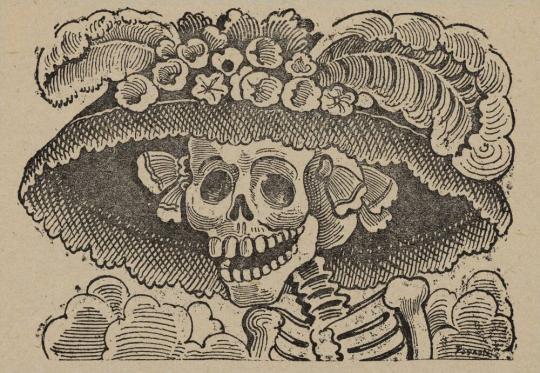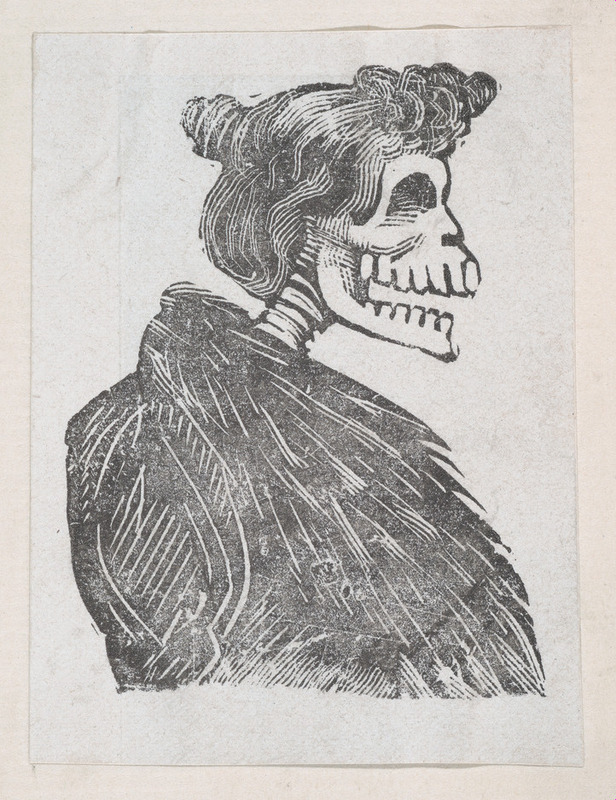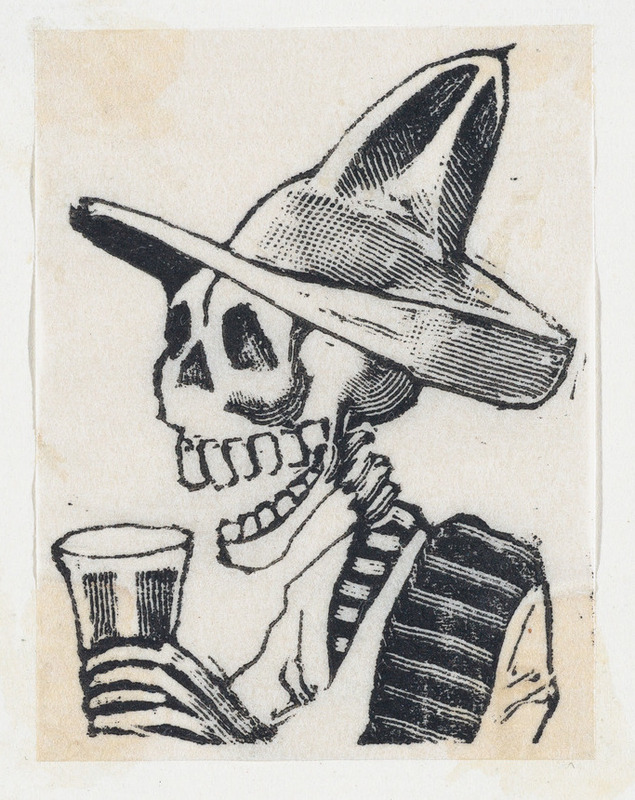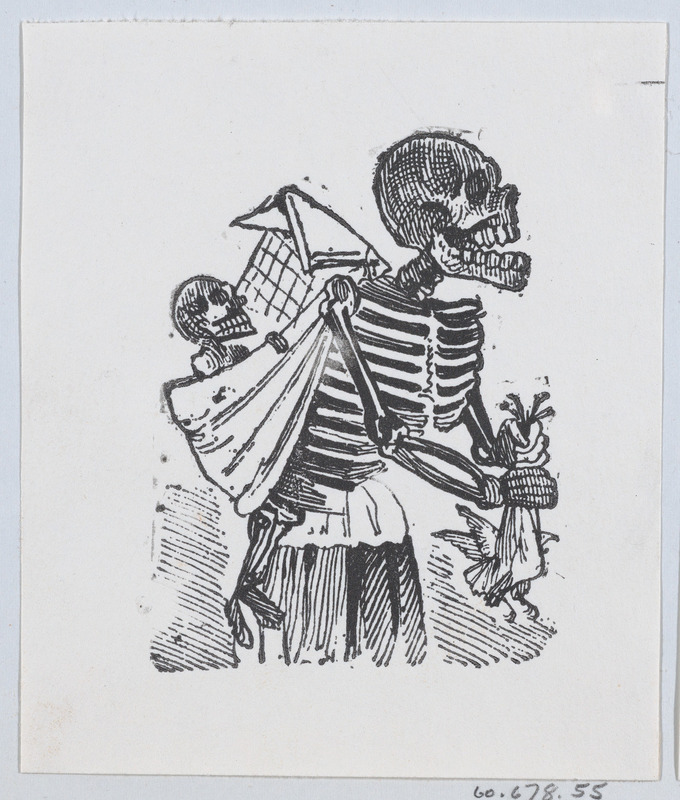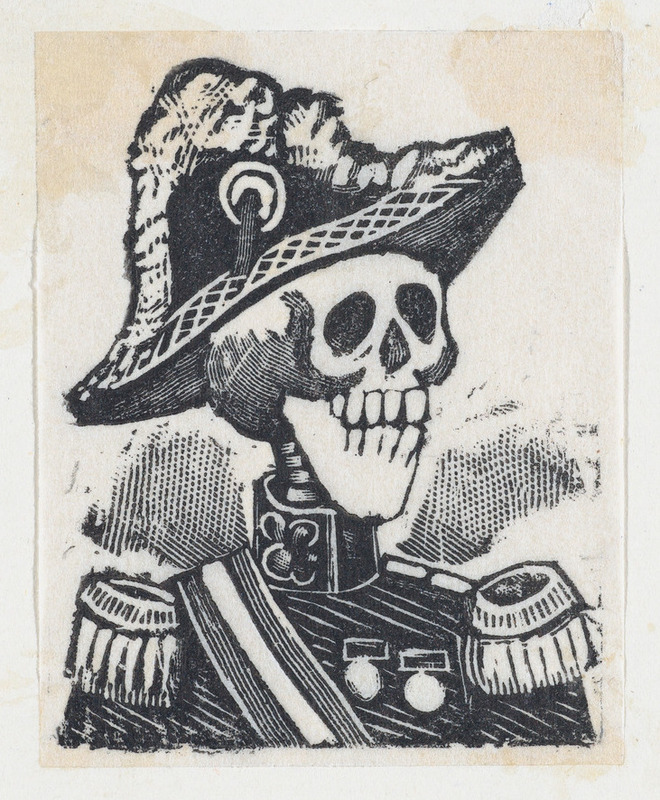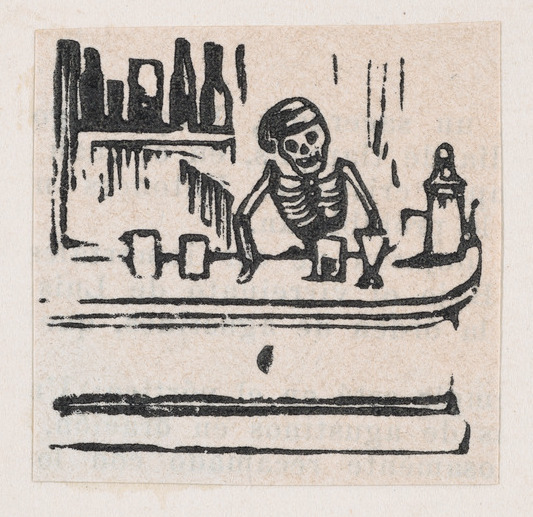Jose Guadalupe Posada
Jose Guadalupe Posada was born in Aguascalientes, Mexico, in 1852 and died in 1913. It wouldn’t be until 1868 when he was a teen that he learned his craft of lithography and engraving from Jose Trinidad Pedroza. Posada was thought to have created about 20,000 art pieces. This was primarily done through newspapers, as he did with La Patria Ilustrada, and later via a publishing firm owned by Antonio Vanegas Arroyo. Posada’s contributions didn’t stop at cartoonish depictions of skeletons about cultural shifts that were occurring. He actually played a crucial role in the 1910’s government power struggle, both with Francisco I Madero and the revolutionary Emiliano Zapata Salazar. Posada was a people's man, and supported the lower class with his depictions of Mexican culture through his many illustrations of skulls and skeletons. Quite a few of his works included critiques of Porfirio Diaz, the leader of Mexico at the time who supported foreign investors and a centralized government. Diaz was all about damning Mexican culture, and tried to push the country and its people into embracing European influence. Posada didn't like that. Instead, he continued his artwork of calaveras that both denounced Diaz's views and commemorated the traditions that Mexican culture came from.
The uniqueness that is using calaveras in both political and otherwise casual art pieces is a key point that I'd like to touch on. The use of skeletons outside of Dia de los Muertos isn't something to gloss over. Just because calaveras are well known by Dia de los Muertos doesn't mean that's where it ends. It's an intricate part of Mexican history that spans generations. Posada's artwork played a key part in getting the Mexican population to embrace their past. It helped unite them, and I would say even provided morale for the Mexican Revolution in 1910. This movement signified the unified acceptance of Mexican heritage. It was a movement that called for a change of leadership that wouldn't shy away from where Mexico came from, and instead provide a country that was proud of itself and its past, that wouldn't let foreign influence erase what had been believed in for centuries. That is, the celebration of life and death and continuation of the traditional use of calaveras in Mexican culture.
Many of Posada's artwork depicts skeletons and skulls as if they were still living. He even gives gender to the calaveras, having female ones have long typically tied-up hair, and the men with ponchos, large hats, sometimes donning mustaches. The skeletons that he draws participate in a variety of different activities, but all go back to have they typically would act if they were still human. This ranges from soldiers firing cannons, vendors selling their wares to passerbys, racing each other, and even some in mourning. A lot of the time Posada’s skeletons are celebrating. They’re either dancing with each other or they’re drinking.
However, the most famous of Posada's artwork is the one called La Catrina. La Catrina is a female skeleton that although bald based on the clothing and accesories she wears--not to mention her name--identifies her as female. La Catrina wears a massive rounded hat that drapes slightly outwards, covering a bit of her forehead. The hat is very ostentanious, covered in big feathers and a variety of flowers. A bit aways from her shoulders are what’s presumed to be several other large feathers, a cloak of some kind that continues downward. This outfit is quite elaborate, and makes the skeleton seem alive. It helps that the skeleton has a wide smile on its face.
